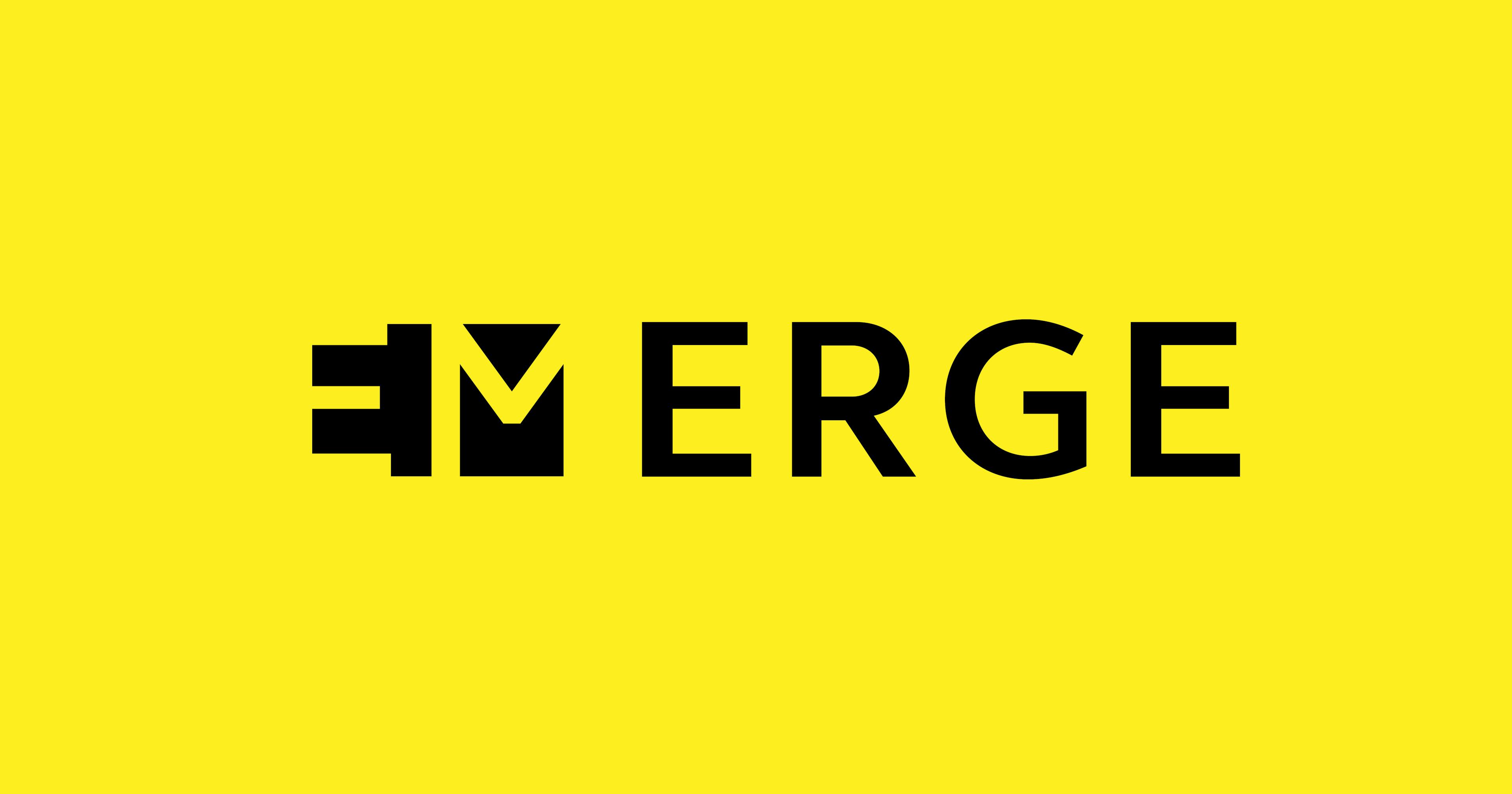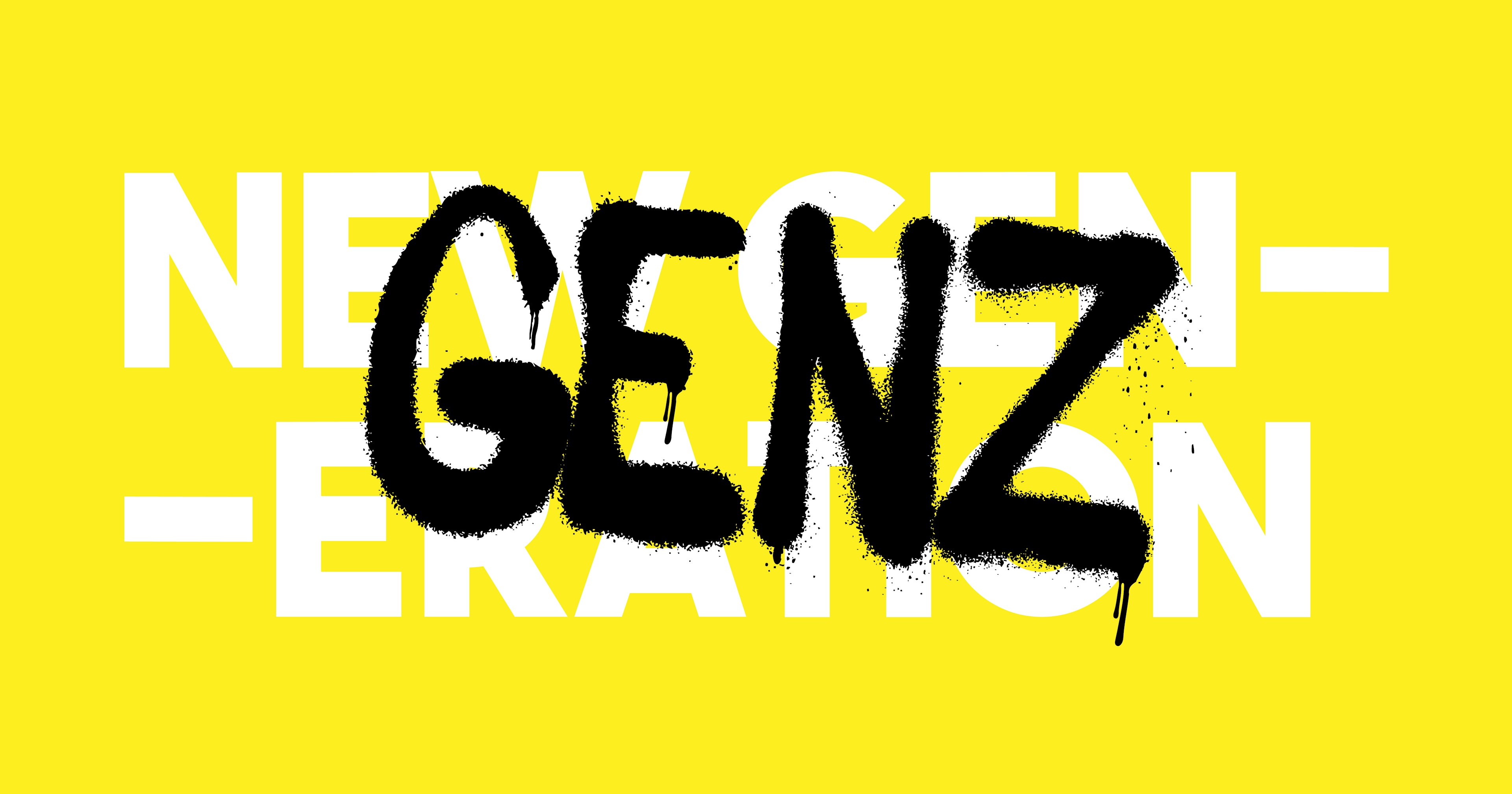
How to make a merger and acquisition rebrand successful
A merger and acquisition (M&A) is a huge opportunity for businesses. As well as holding lots of potential in terms of growth, operational efficiency and product or service offering, M&As are a chance to strengthen or refresh a brand too.
Keeping, amending, or completely refreshing your brand has a unique ability to communicate your intentions for M&A and what it will mean for your business and customers. So, what are the approaches you can take to an M&A rebrand and how can you make sure it’s successful?
M&A rebrand approaches
M&As are rarely quick or straightforward processes. From customer data to production operations and marketing communications, all elements of each business involved in the new entity need to be mapped out, considered and either integrated or removed from the new model. This includes each businesses’ brand.
How your M&A will be structured will have a direct impact on the nature of your rebrand, and there are a few different approaches you can take.
The parent brand leads
The nature of an acquisition is that a larger business takes over one or several smaller businesses to take their products, services or customers under their own entity. As the world’s largest beauty organisation, L’Oreal is a Master of Business acquisition.


By identifying businesses across the world that have unique brands or offerings with plenty of growth potential, L’Oreal have strategically acquired entities with the aim of building a global portfolio of diverse, forward-thinking satellite brands. A key part of their buy and grow approach is ensuring that each of their acquired brands has its own strong individual identity.
Rather than the 100-year-old industry giant sweeping these businesses under one umbrella brand, L’Oreal uses its influence to back these brands, enhance them and help them grow – usually using a dual branding solution. Although L’Oreal is by far the biggest stakeholder and decision maker, it leads the acquired brands by example. After all, it’s one of the most easily recognised and iconic brands in the world.
Easing-in brand changeover
Mergers are renowned for being long and drawn out processes, a key examplef this is that between Orange and T-Mobile. Although the networks and customer bases were combined in 2010, it took two years for EE (Everything Everywhere) to shift from being the market leader to being the only available network.

At the beginning, the shared communication for the two brands clearly communicated the changes and their benefits for customers. Then, by launching the new EE network and brand on the same day, the business made a marked change without it feeling too sudden or confusing for customers.

By giving the customer time to get accustomed to EE inclusion, the brand created a whole new youthful, positive and confident realignment, inspired by the particles or ‘dots of light’ that run the network and rapidly rolling it out across the 700 Orange and T-Mobile high street stores. EE had marked their takeover without confusing or disrupting customers.
Retaining brand heritage for optimised growth
After both brands were acquired by Tata Motors in 2008, Jaquar and Land Rover were combined to increase their growth potential. Both distinct and iconic British heritage brands, the new Jaguar Land Rover brand became underpinned by the mutual elements of quality, sustainability and modern luxury.

Although it’s not the most complex rebrand, combining both brands’ hallmarks within the same logo allowed the new entity to harness the value and power of both businesses while also communicating the equal footing they had within the new model. In short, they combined their history, brand recognition and commitment to luxury and took it forward into the future under this new partnership.
Evolving and aligning the brands as one
Dubbed the ‘Future Partnership’, the John Lewis and Waitrose merger has seen the high street giants return from the brink, to now forecasting an eye-watering £400m profit by year 5.

The real cherry on top of the merger success, was the quality of the rebranding of the businesses. The treatment of realigning the branding was done with an elegance that assured no alienation of customer loyalty (because people don’t often like change). Instead, the rebrand aligned the modernity of the brands into one succinct identity that has a strong, recognisable and consistent graphic language.

Distinctive colour palettes provide a striking singularity through the use of neutral colours, allowing product and content to take centre stage. Monochrome for John Lewis, and a rich green palette for Waitrose. The colour scheme is flexible and infinitely adaptable, particularly for Waitrose, which operates in the louder world of supermarket retail.
The M&A rebrand strategy
Once you’ve decided on the approach you want to take to your M&A rebrand, you need to take time to consider all the elements of each brand carefully to effectively strengthen, refresh or create a new brand.
Understand each brand
Just like with your operations, customer data and finances, you need to have a thorough understanding of each entities’ brand before you decide on which elements to combine, refresh or enhance.
Questions you need to consider include:
- What each brand means to customers?
- What defines each brand in terms of values and purpose?
- What makes up the visual identity of each brand?
Once you have a complete oversight on the brands and how they interact, you can start to reapply all of their elements, including the visual ones, effectively.
Consider brand value and recognition
Brand value and recognition is hard fought and earned, so you don’t want to let a single drop of it go if you can help it. Considering how much value your brand holds in the eyes of your target customers is key to making sure you keep the elements they recognise most. This will help you to achieve balance in your rebrand without losing any of the previous brands’ merits.
If one brand has greater recognition or value in the eyes of customers than another, then visual, tone of voice or other elements of this should be prioritised and enhanced. Or, if all brands have a similar level of recognition and value, merging them together visually and in other ways is a great way to add value.
Align brand with business direction
To avoid any confusion amongst stakeholders, customers and employees, the rebrand needs to reflect the nature of the relationship in the new M&A entity you’re creating. Whether it’s a mutual partnership, a complete takeover, or a merging of organisations, this needs to be represented clearly through visuals and other communications.
For example, if you’re keeping certain products or services from an acquired business, but aren’t keeping the overall brand, it might be worth keeping elements of their branding to ensure they’re recognised by customers on the market. Hershey’s Kisses would become Cadbury’s Kisses, a Fiat 500 would become a Ford 500 and so on.
Think about internal brand
Communicating the changes that M&As bring about internally is one of trickiest elements of this type of transition. Yet building an internal culture, brand and set of communications that accurately reflects the values and purpose of the new brand is key if the new entity is going to move forward effectively.
Hold internal discussions, encourage open feedback and make sure any changes anticipated and communicated clearly before they happen to ensure your employees feel positive rather than disgruntled by the move.
Clear communication is key
Whether it’s to your stakeholders, customers or employees, explaining exactly what changes you’re making, how and when will be key to ensuring positive relationships are maintained and nothing turns sour. A fundamental part of this clear communication is a strong and authentic visual identity and brand.
To make this new brand as effective as possible, it’s key that you get some expert advice. Whether you want to take an acquired business under an umbrella company or are a new partnership looking to build a whole new brand, get in touch with us to find out more about what you should consider and how we can help you create a successful M&A rebrand. Call us on 01926 754038 or, email our team at hello@designmc.org
Read about the processes and methodologies we apply when working on a branding project with a client, by clicking here
LET’S TALK
Looking to realign, refresh or redevelop your brand or business marketing strategy? Send us an email at hello@designmc.org or, give us a call direct on 01926 754038 for an informal chat.

